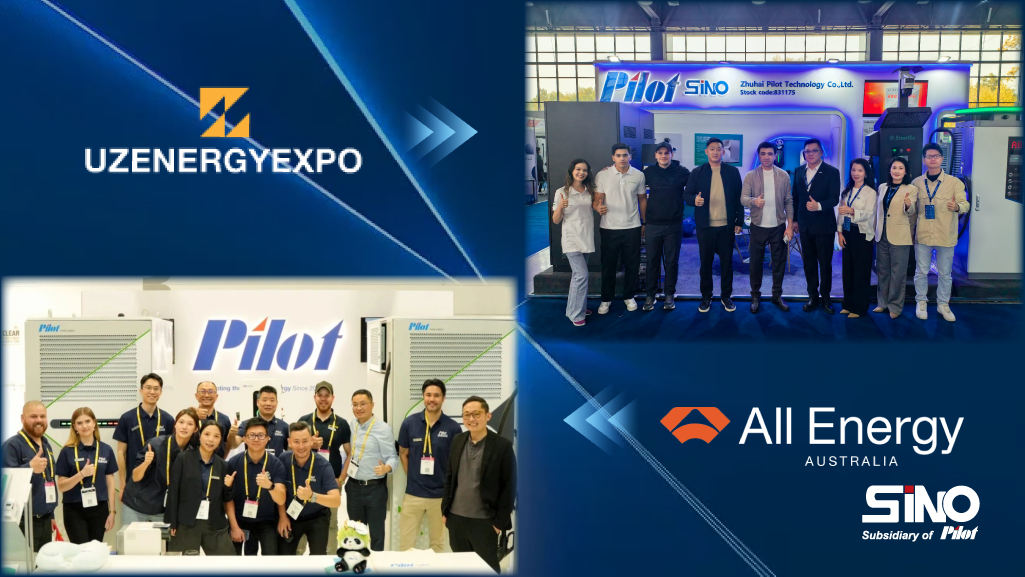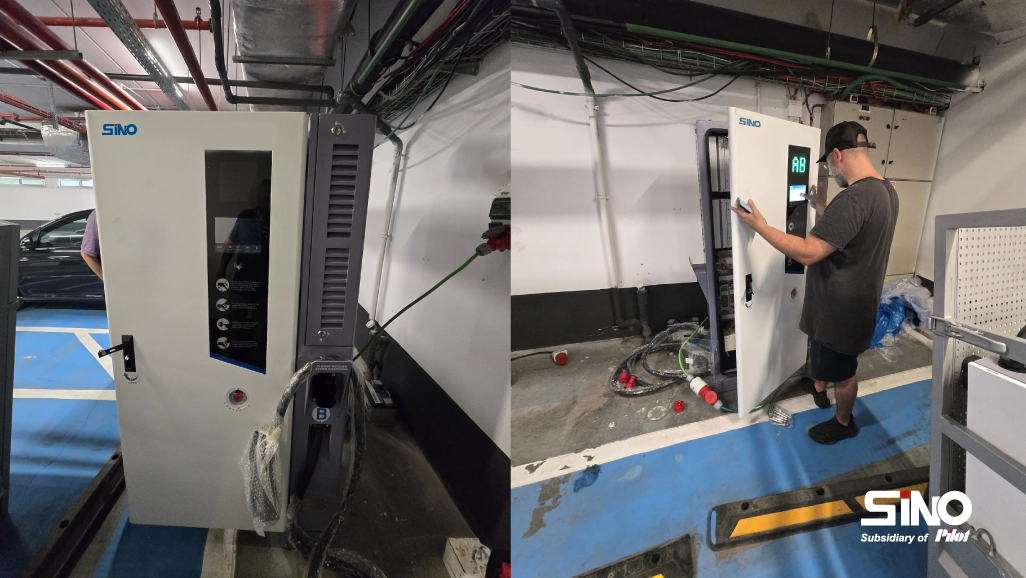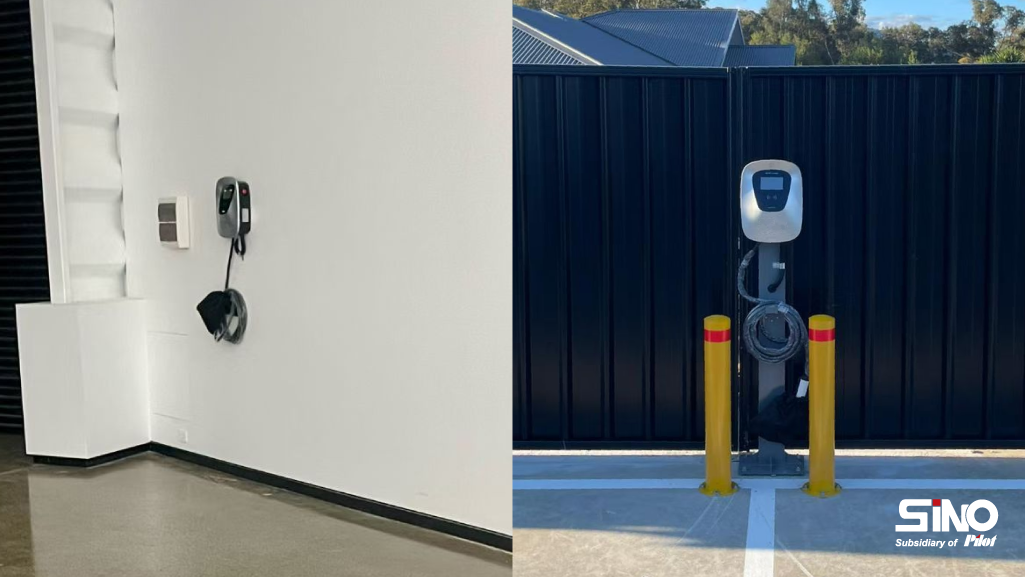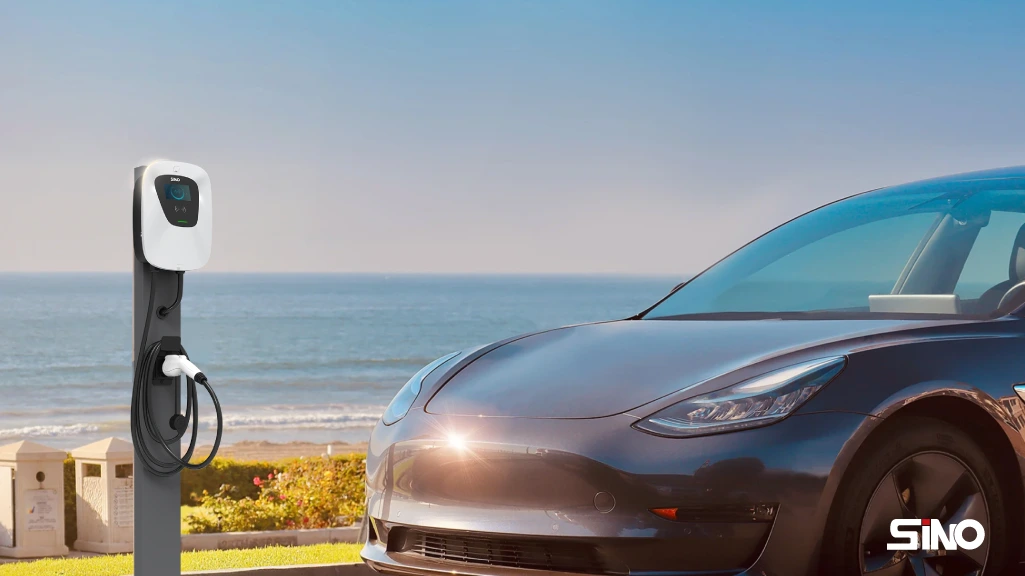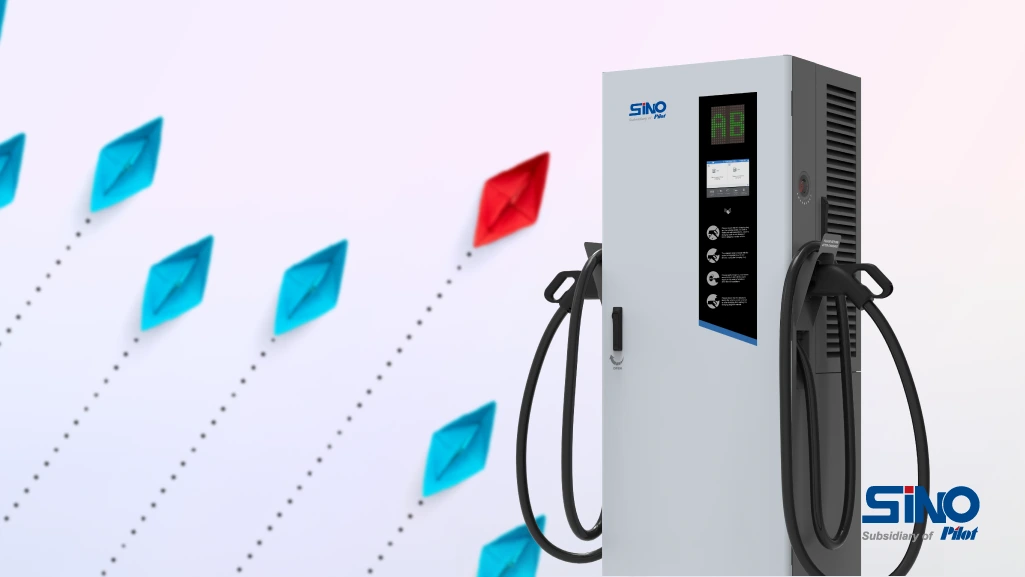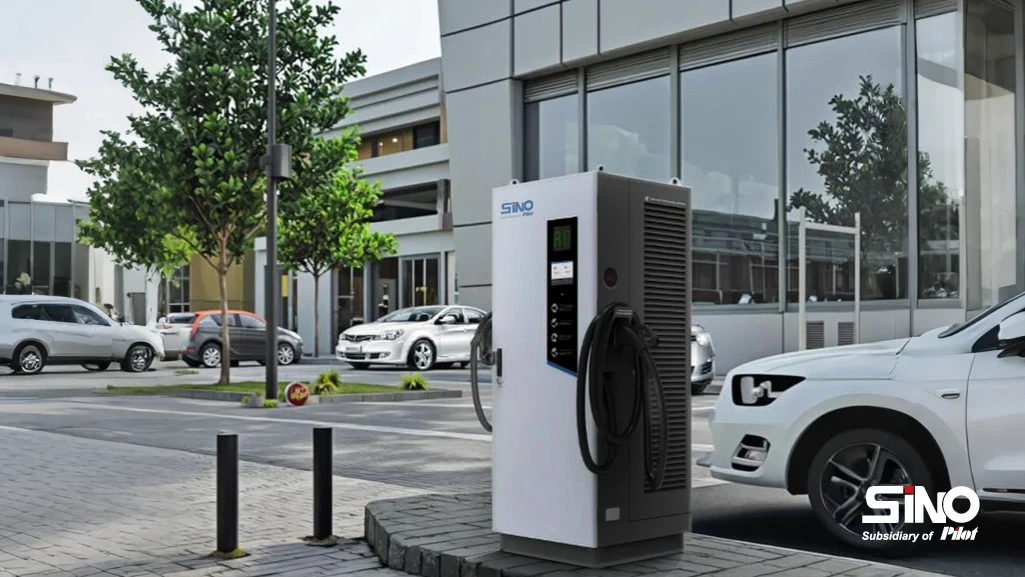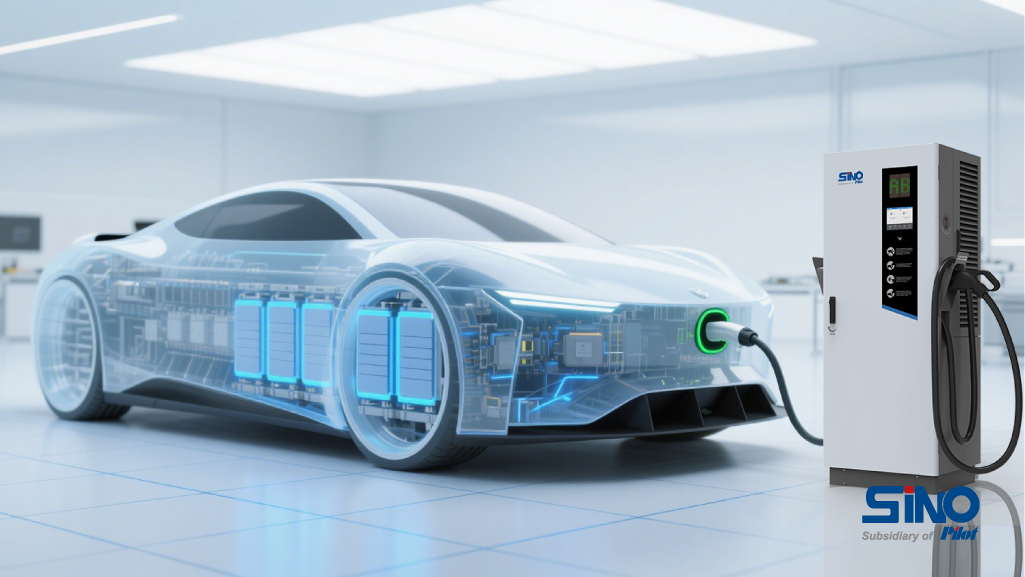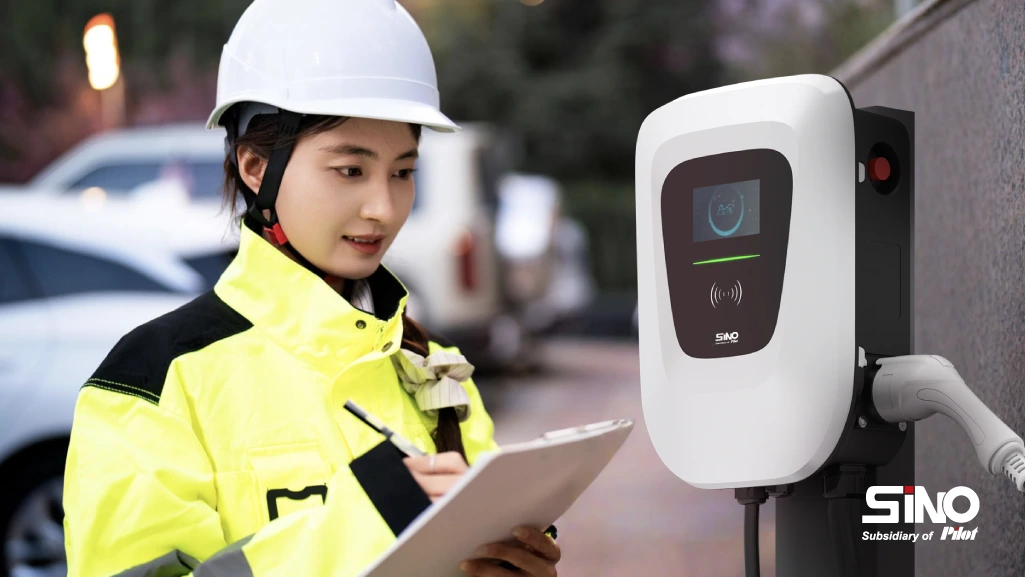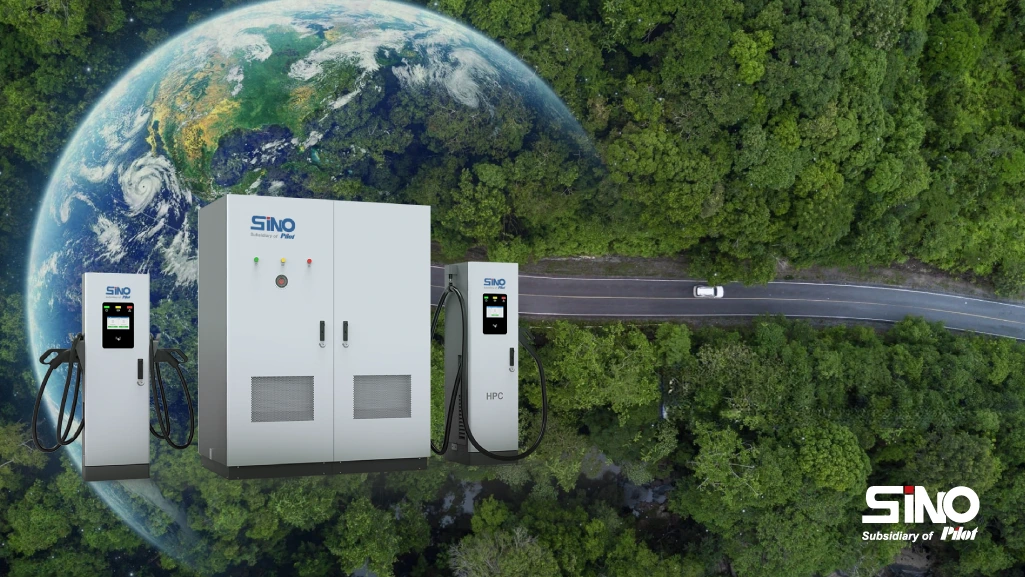As EVs continue to gain momentum in the mainstream marketplace, convenience stores will become increasingly integral to the electric car charging revolution. Because the locations are designed for maximum accessibility and convenience, an opportunity is created for answering new and pressing demand for EV charging infrastructure.
Why Convenience Stores Are Key to the EV Charging Revolution
The rapidly growing electric vehicle market increases demand for access and convenient options to recharge. Such a strategic position and with the ability to operate 24*7, convenience stores hold an upper hand in meeting these rising demands.
The Growing Demand for EV Charging Solutions
The global push to reduce carbon emissions and switch to cleaner transportation fuels has resulted in a surge in the adoption of EVs. As more drivers make the switch to electric vehicles, it becomes critical that a wide network of EV chargers proliferates. Recent studies suggest that the number of EVs on the road is projected to grow exponentially over the next decade, which has made EV charging infrastructure one of the high-priority investments for businesses.
Consumer Behavior and Expectations
Convenience is what modern consumers are looking for, and it is no different when it comes to charging their electric vehicles. The convenience of charging at a nearby, familiar location is becoming one of the main factors in EV purchasing decisions. Convenience stores, with their function of quick stops and on-the-go purchases, are best positioned to offer EV chargers to meet consumer demand. Besides that, with the desire of EV owners for a fast, reliable, and accessible way to charge, the presence of an EV charging station may boost a retailer’s attractiveness.
Exploring Convenience Store EV Charging Stations
In integrating EV charging into the convenience store experience, a store owner should carefully think about what types of chargers to install and what features are important to ensure a positive customer experience.
Types of EV Chargers for Convenience Stores
Convenience stores can install a few different types of EV chargers, all of which offer different charging speeds and features. The most common include:
- Level 2 Chargers: These are the most popular options for convenience stores. Level 2 chargers(AC EV chargers) generally provide 10-20 miles of range per hour of charging and are ideal for locations where customers might need a longer stop, such as overnight or while they shop for groceries.
- EV DC Fast Chargers: They are more suited to the busiest locations and can give as much as 60-100 miles in range with just 20-30 minutes of charging. Although there is a higher installation cost, they are perfect for convenience stores along highways or major travel routes where their customers need a quick fill-up.
When selecting the right chargers for your convenience store, it’s important to consider the best EV charger manufacturers that offer reliable and efficient solutions for various charging needs.
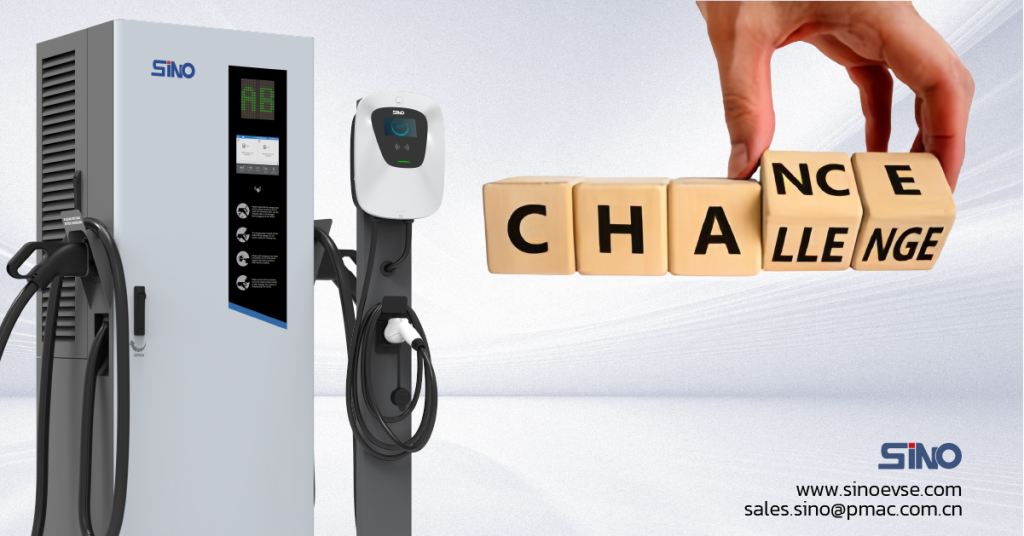
Must-Haves for a Charging Station to Be Successful
In order to ensure the success of a convenience store EV charging station, there are a number of features that should be considered. These include:
- User-Friendly Interface: Charging stations should be easy to use, with clear instructions and touchless payment options.
- Safety Features: Robust safety protocols should be in place, including emergency shut-off buttons, surveillance cameras, and proper lighting for nighttime visibility.
- Customer Amenities: Offering additional services like Wi-Fi, restrooms, or food and beverage options nearby can make the wait more comfortable for EV drivers.
- Accessibility: Ensuring that the chargers are easily accessible to all drivers, including those with disabilities, is a key part of creating an inclusive environment.
Scalable EV Charging Model for Convenience Stores
As EVs gain traction, convenience store owners must plan their charging stations to scale with future development. This requires more than site selection and involves seeking ways to control energy use efficiently.
Infrastructure Planning and Site Selection
It is important that the placement of EV chargers considers factors such as flow, space, and regulation. Convenience stores situated at major highways or centers of towns are ideal spots to have electric vehicle charging stations because these areas have high foot and vehicle traffic.
- High-traffic Areas: EV charging stations should be set up near major intersections or junctions or near transportation terminals.
- Adequate Space: Parking spaces should be big enough to fit the vehicle and charging equipment.
As EV adoption continues to rise, convenience store owners can consider custom EV charger solutions that are designed to fit their unique customer base, store layout, and energy needs, ensuring future scalability and efficiency.
Energy Management and Cost Optimization
Energy demands will be high, especially in the installation of DC fast chargers. Convenience store owners will need to invest in energy management systems that can optimize EV charging times and reduce the cost of electricity. These systems will give store owners the ability to manage peak demand times, balance the load on the grid, and even integrate renewable energy sources like solar panels to offset costs.
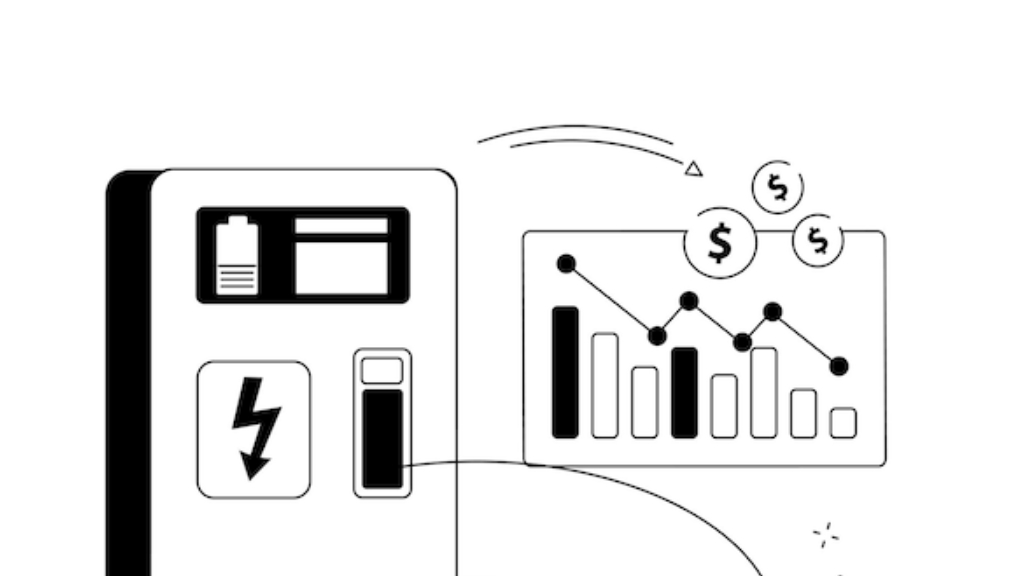
Leveraging EV Charging for Retail Growth
EV charging stations have a positive impact on the environment but also present an avenue of growth for convenience stores. Strategic placement of chargers gives a retailer the opportunity to create that much-needed stop in any EV driver’s travels.
Increasing Revenue Through EV Charging
Convenience stores can make extra money off the EV chargers by charging per session or offering subscription-based models for those who use them more frequently. EV charging would bring more people into the store, where they could shop while they charge. Retailers can also take advantage of the opportunity to offer special deals specifically to EV drivers, like discounts on fuel, food, or beverages.
Improve Brand Loyalty and Customer Experience
Offering EV charging stations will also improve customer loyalty. By offering a service that is in line with sustainable practices, a convenience store will attract those environmentally conscious consumers who would wish to see businesses be considerate of the environment. Besides, it is convenient to charge while shopping, and therefore they are likely to come back for the same services in the future.
Challenges and Solutions in Deploying EV Chargers for Convenience Stores
While the opportunities are great, there are also challenges with installing and maintaining EV chargers at convenience stores. The challenges are surmountable with appropriate strategies.
Overcoming Grid Limitations
The biggest challenge is the ability of the local power grid to handle the increased demand brought about by EV chargers. In some areas, the limitations of the grid may mean that significant upgrades to the existing infrastructure are required. Convenience store owners can ensure that adequate power is available by working with energy providers or investing in onsite energy storage solutions to manage peak loads.
Addressing Maintenance and Operational Issues
It is very important to properly maintain the EV chargers regularly. Store owners should develop a partnership with reliable service providers who will help the store conduct periodic inspections and repairs. Furthermore, having a troubleshooting/support system will ensure that any operational issues are promptly addressed and users experience minimum downtime from the service.

Future Trends in Convenience Store EV Charging
As the EV market continues to grow, convenience stores can expect new trends and innovations that will improve the customer experience and streamline operations.
Integration with Smart Technology
Smart technology will drive the future of EV charging: It enables convenience store owners to remotely monitor charging stations, manage energy usage, and provide customers with real-time updates on charger availability. This may also be extended to include integration into mobile apps for seamless payment and reservation systems.
Sustainability and Renewable Energy Integration
In the future, with an increased awareness of climate change, there will be more integration of renewable energy sources into the charging infrastructure. The convenience store could integrate solar panels, wind turbines, or other sustainable energy solutions to power their chargers and offer a more eco-friendly option for customers.
FAQs
Q1. What are the benefits for convenience stores from EV chargers?
Installation of an EV charger can increase foot traffic, boost revenue, and enhance brand loyalty by providing a convenient service that corresponds to eco-conscious values.
Q2. How much is the installation cost for setting up EV chargers at a convenience store?
The installation costs will be depending on the type of charger, Level 2, and DC Fast Chargers, and infrastructure upgrading. On average, these installations range in cost from $10,000 to $100,000.
Q3. How do EV chargers raise the revenue of the convenience store?
The charging fee, passersby, and customers who stop for EVs increase sales and hence increase the revenue.
Q4. Where should the EV charging station be located in a convenience store?
Major highways, places with high traffic flow, and city centers are the main areas. The space has to be at a place that is very accessible and has enough parking area along with space for charging infrastructure.
Q5. How much space is required to install EV chargers at a convenience store?
The space depends on how many and what type of charger is being installed. However, a single Level 2 charger requires one parking space, while a DC fast charger may take some more space because the size of the equipment itself would be larger.
Our Social
Facebook: www.facebook.com/sinoevc
Instagram: www.instagram.com/sinoevc
Linkedin: www.linkedin.com/company/sinoevse
Youtube: www.youtube.com/@sinoevc
Twitter: www.twitter.com/sinoevc

“Charging for A Better Life”
—Zhuhai Sino Energy Technology Co.,Ltd.





